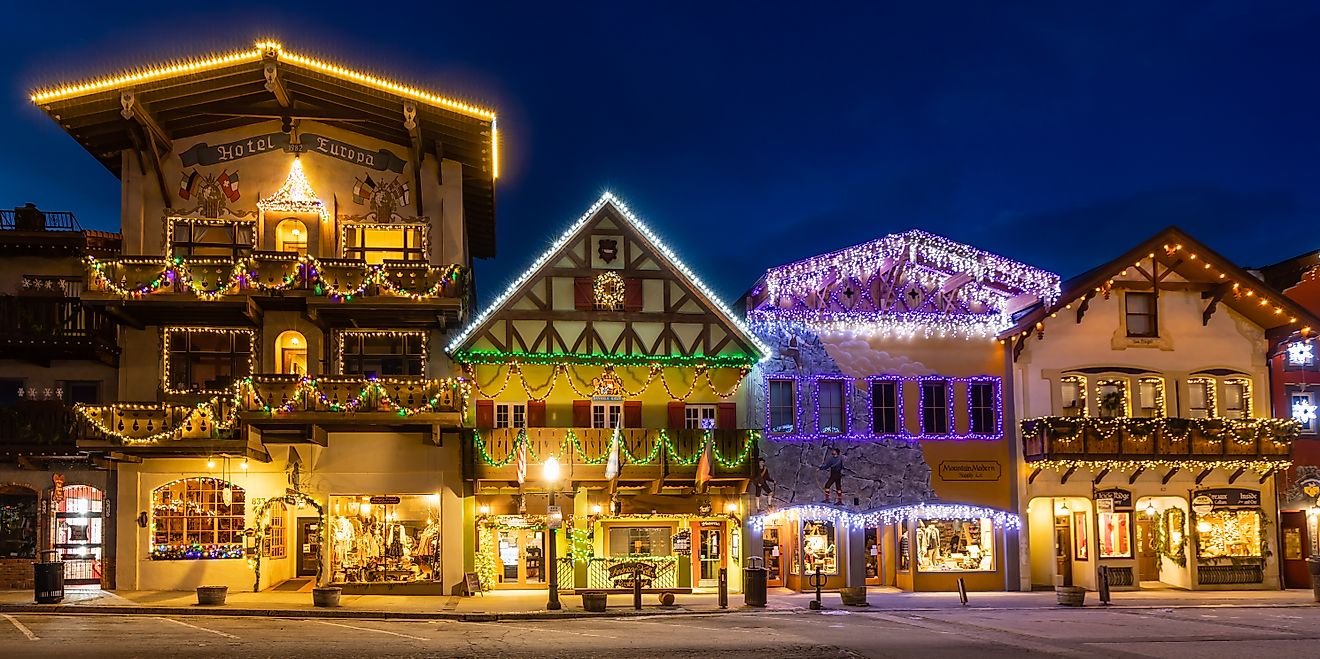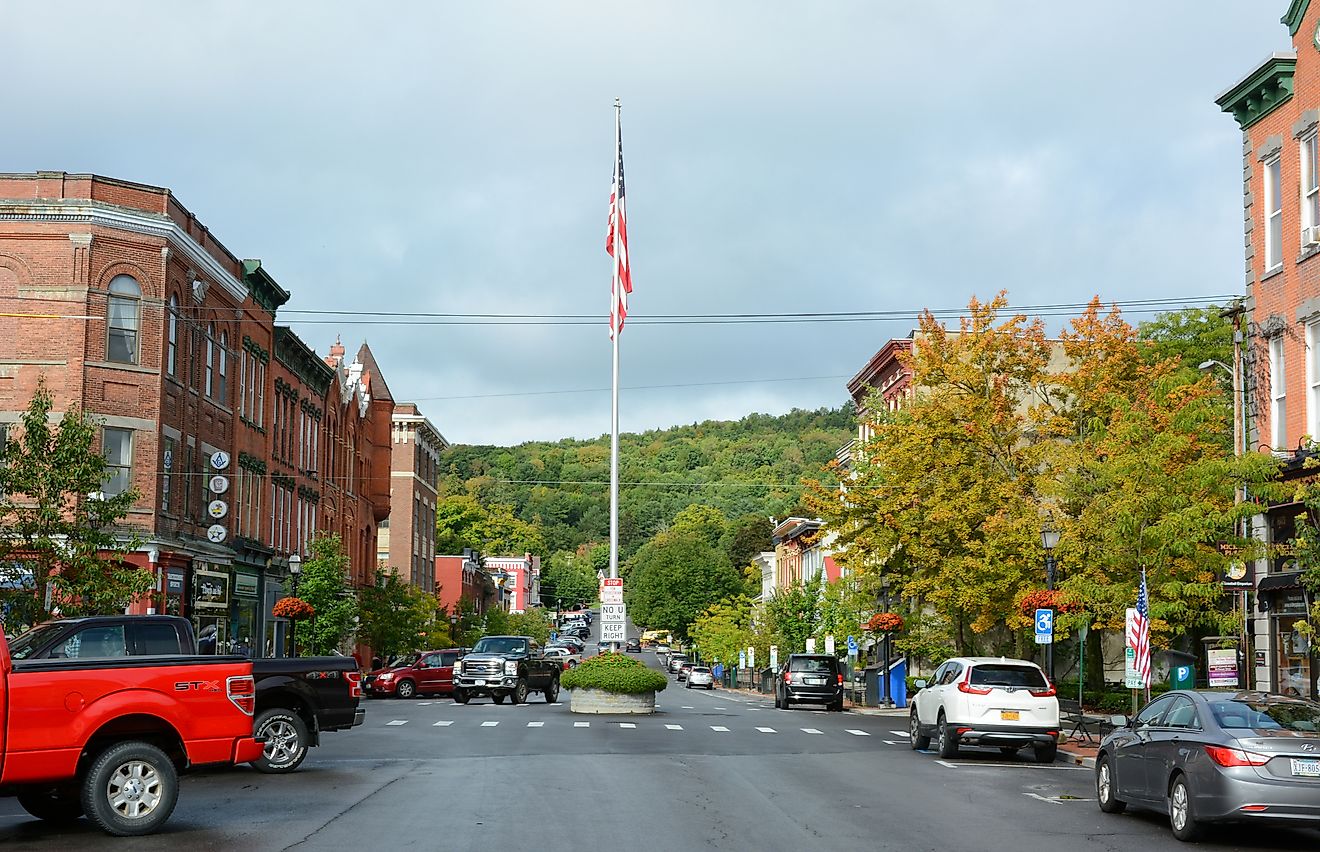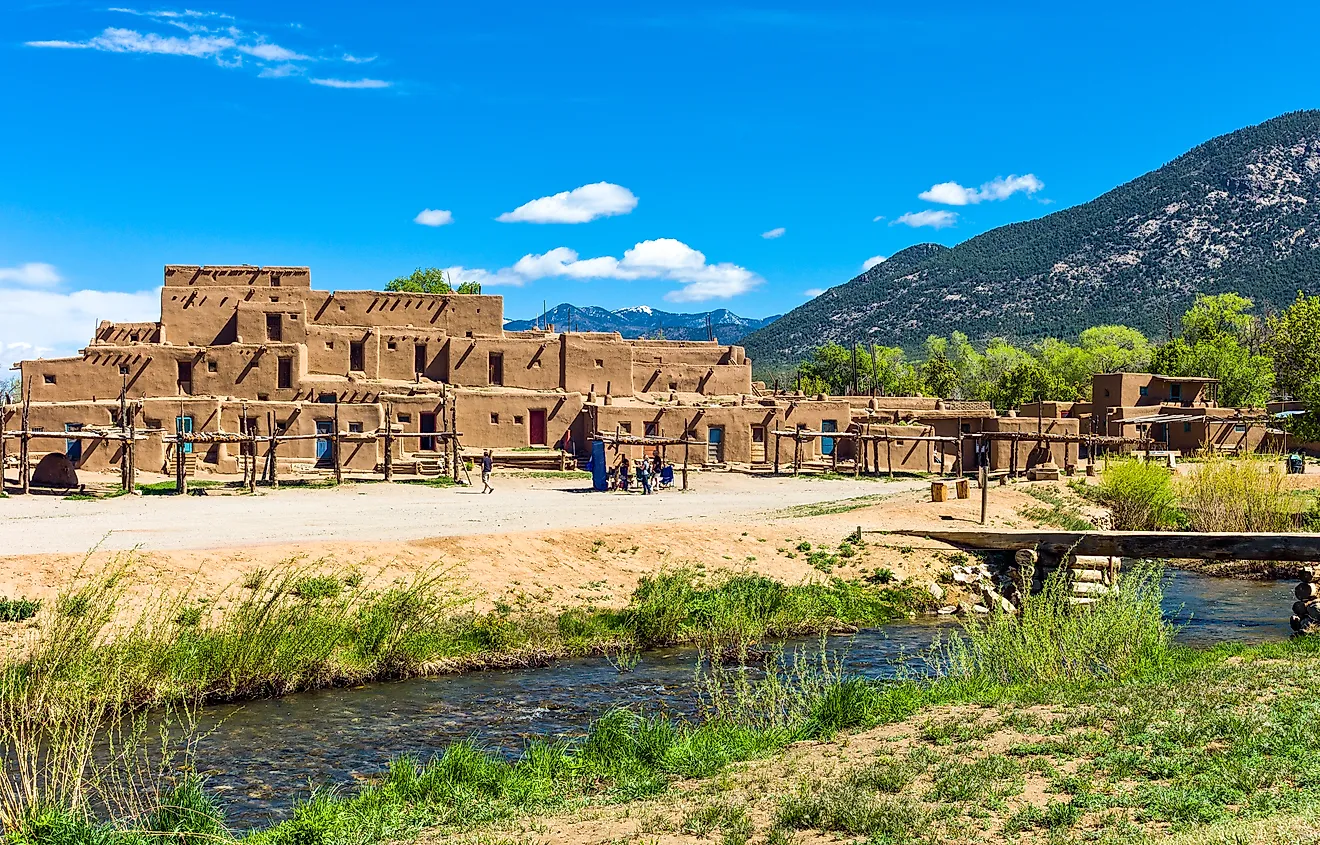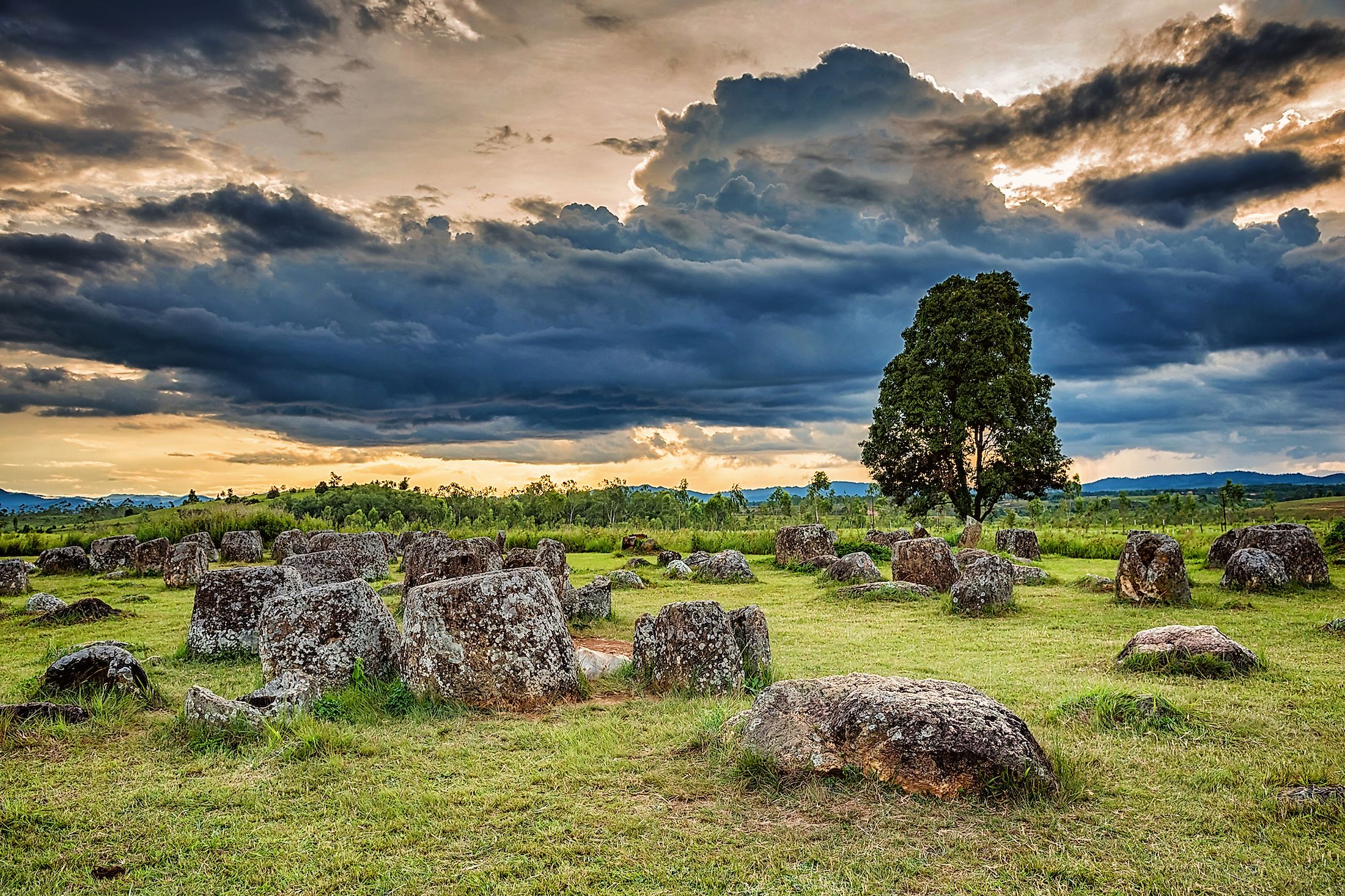
Plain Of Jars, Laos
The mysterious Plain of Jars is a landscape in northern Laos dotted with hundreds of megalithic stone jars believed to have been burial sites for close to 2,000 years. According to various sources, the stone jars were used to store the dead human bodies for their flesh to rot away, leaving behind their bones for burial. This use is supported by the Japanese and Laos archeological excavations which have led to the discovery of burial goods and human remains. According to researchers, the stone jars were formed between 1240 and 660 BC, with some transported to the area from quarries located as far as eight kilometers away.
Location
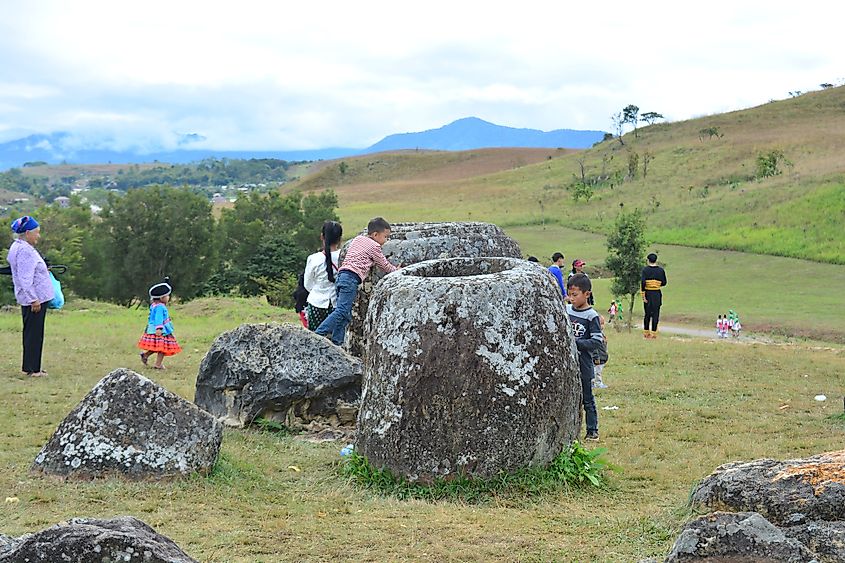
The stone jars are scattered throughout the Xiangkhoang Plateau’s central plain in northern Laos, specifically the lower foothills and upland valleys. The Xiangkhouang Plateau is located on the Annamese Cordillera, in the Xiangkhouang Province, with the jars concentrated in the Phonsavan City. The province has about 90 jar sites, with each site containing about 400 stone jars, most of which are broken or have fallen over. Though Xiangkhouang Plain is the main site of the stone jars, clusters of such stone structures form a linear path to northern India.
Description
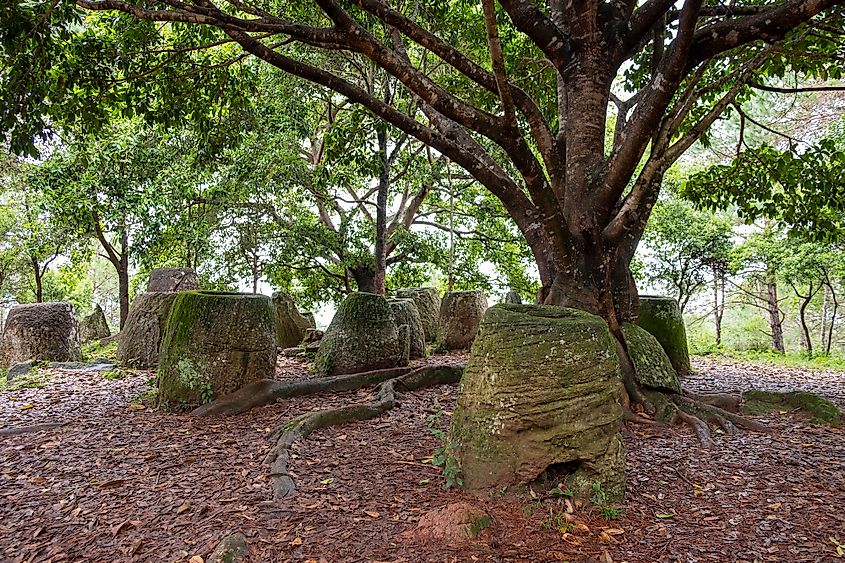
There are 90 stone jar sites scattered throughout the Xiangkhouang Plateau in northern Laos, with each site containing about 400 stone jars. However, only three of the megalithic jar sites have been extensively studied, with Site 1 listed as a World Heritage Site. The megalithic stone structures are made of sedimentary rocks, with heights ranging from 1 to 3 meters. Most stone jars have lid rims, with most jars believed to be originally covered by lids. However, it is believed that most lids were made of perishable material since only a few stone lids have been discovered on most sites. Some stone lids discovered in sites like Ban Phakeo contain carvings for animals like tigers, monkeys, and frogs.
Besides the stone lids, stone discs have also been discovered in some sites. The stone discs are flat on at least one side and may have been used to mark burial sites or cover graves. However, the discs are much fewer and are mainly found close to stone jars. Grave markers are mainly unworked stones placed strategically to mark graves or burial chambers. The serial property also contains grave goods, jar manufacturing sites, and quarries located next to the jar sites. Site 1 has a cave made of natural limestone with two artificial holes at the top. The holes were probably used as crematorium chimneys.
Brief History
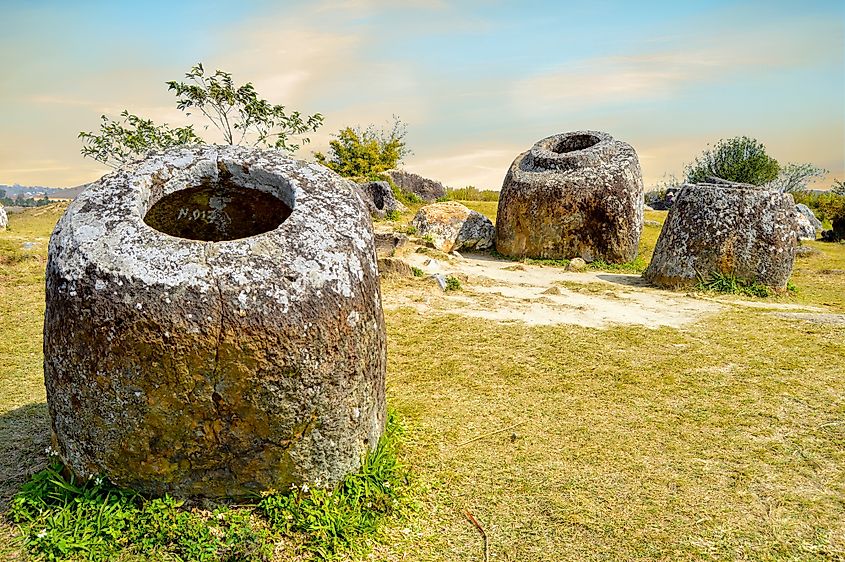
The origin of the stone jars remains unknown to date, though the archaeologists believe they may have been used 1,500-2,000 years ago. Also, it is unclear who made the jars since little is known about those who lived in the area during prehistoric times. However, these elements are popular evidence of the Iron Age civilization. The Plain of Jars is associated with overland activities because the sites are located in an area that facilitated movement across the region.
According to most researchers, the stone jars were once used as funeral urns. Madeleine Colani, who excavated the cave at Site 1 and 11 other jar sites in the 1930s, concluded the jars were used as burial sites during the Iron Age. However, a local Laotian legend suggests the jars may also have been used as food storage. According to the legend, an ancient giant king called Khun Cheung created the stone jars to brew Lao Lao rice wine to celebrate a victorious battle.
The US Air Force bombed the Plain of Jar between 1964 and 1969 while fighting Pathet Lao and North Vietnamese communist forces. The US forces dropped over 260 million cluster bombs on the plains, more than it dropped during World War II. However, close to one-third of the explosives dropped unexploded, making the area dangerous and limiting movements.
